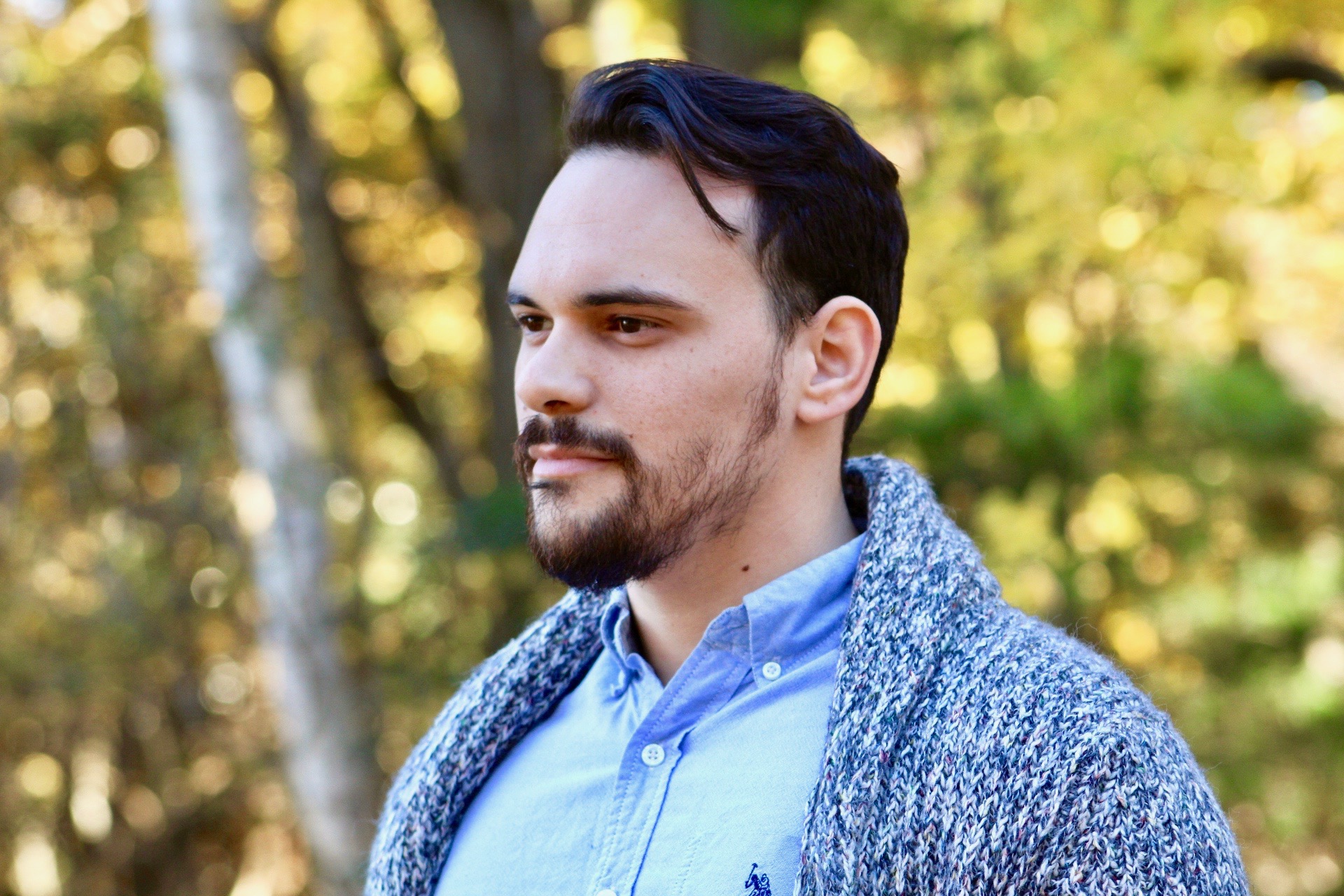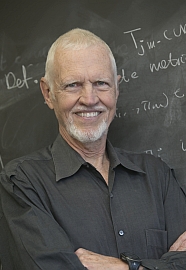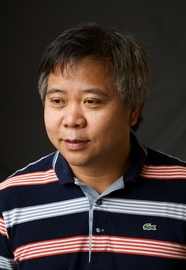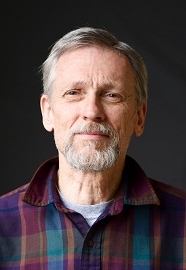Marlon de Oliveira Gomes
About
I am a Mathematician, primarily working on the fields of Differential and Complex Geometry and their applications. I obtained my Ph.D. in Mathematics from Stony Brook University in 2020, under the supervision of Claude LeBrun. In December 2020, I joined Harbor Financial Management, LLC, as an Intern Research Assistant. My activities include:
- Research of information-geometric and statistical techniques as applied to financial models for trading and analysis.
- Analysis of various asset classes for potential investment.
- Day to day tasks for the Investment Due Diligence team.
- Handling of data for new and existing funds.
Research
My Dissertation concerns a branch of Differential Geometry called Twistor Theory, which lies at the crossroads of Conformal Geometry (where angles are defined, but lengths are not), and Complex Geometry.
The relation between these two geometries dates back to the 18th century. Claims of the equivalence between the two in the two-dimensional setting were laid out by Riemann, Klein, Poincaré, and others, and simultaneuously led to momentous growth in Algebraic Geometry, Function Theory, Topology and Differential Geometry.
In higher dimensions, the relation is not so simple. At any point on an even-dimensional manifold, there is a plethora of linear complex structures compatible with a given conformal structure. On the other hand, globally defined complex structures are scarce (and may even be obstructed by topology), whereas global conformal structures are abundant.
Twistor Theory, pioneered by Penrose in the 1960s, makes use of the many pointwise complex structures on a 4-dimensional manifold in an unexpected way: instead of trying to find a most suitable complex structure compatible with the conformal structure (as one can do in dimension 2), we study them all at once!
The gadget we use to parametrize linear complex structures is called twistor space. It has a tautological almost-complex structure of its own, which is a faithful complex structure when a suitable curvature condition, called anti-self-duality, is satisfied by the underlying oriented conformal manifold. By restricting our attention to anti-self-dual manifolds, we can once again bring the full power of Complex Analysis into Conformal Geometry.
Twistor theory bears its fruits in the fact that the twistor construction is reversible: there are certain conditions on a complex manifold which ensure it is a Twistor Space. Sufficient knowlegde about the complex structure of Twistor Space should allow one to reverse-engineer anti-self-dual 4-manifolds. The challege lies on the fact that complex structures arising from the Twistor construction are rather mysterious. For instance, in the compact case, they are almost never Kähler, so one expects them not to be amenable to the techniques of Classical Algebraic Geometry.
While we have many results asserting the existence of anti-self-dual structures, the ones we understand explicitly are few and far between. My work exploits examples of Twistor Spaces with just enough of an algebraic flavor, namely, those which possess canonical rational maps to the projective plane, to shed light on the anti-self-duality equations.
Recent Talks
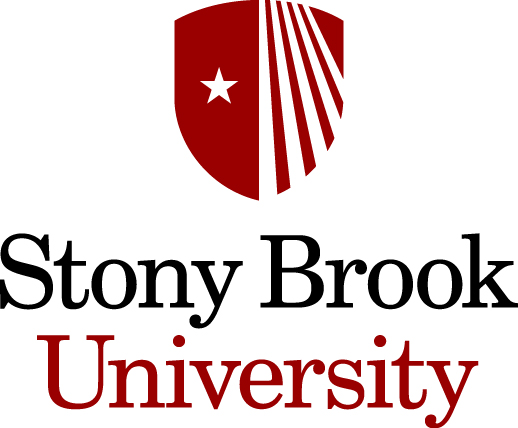
Information Geometry Seminar
Exponential families, reproducing kernel Hilbert spaces, and maximum likelihood estimation.
Department of Applied Mathematics and Statistics, Stony Brook University.
Stony Brook, NY
February 19, 2021
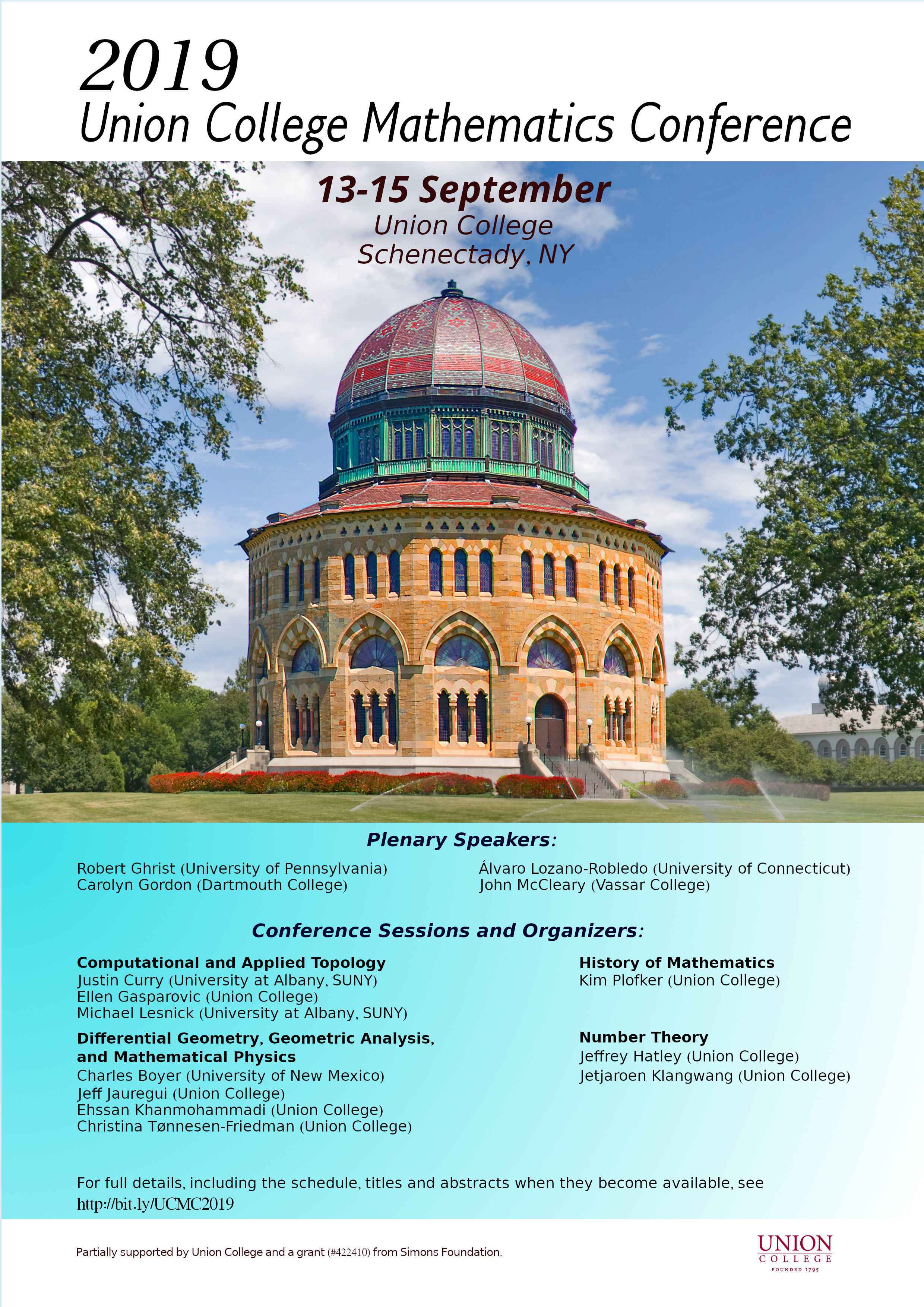
Union College Mathematics Conference
Conics, twistors, and anti-self-dual metrics.
Union College
Schenectady, NY
September 14, 2019

CUNY Almost Complex Geometry Seminar
Anti-self-dual metrics, twistors, and plane conics.
The Graduate Center, City University of New York.
New York, NY
November 22, 2019
Teaching and Outreach
My teaching carrer spans almost a decade, and includes a variety of teaching experiences, ranging from teaching 6th graders to graduate students.
I had short experiences as a Substitute Professor at Universidade da Integração Internacional da Lusofonia Afro-Brasileira (Redenção, Brazil) in 2012, as well as at my alma mater, Universidade Federal do Ceará (Fortaleza, Brazil), between 2013 and 2014.
I was a Teaching and Research Assistant at Stony Brook University's Mathematics Department between August, 2014 and December, 2020. My duties involved grading and teaching recitations, as well as being lead Instructor for Summer courses. I was awarded a prize for "Best Teaching by a Graduating Student" (May 2020).
I also enjoy working with Middle and High School students. I worked as a coach for Middle School and High School Math olympiads teams (2011-2014) in various schools in my hometown (Fortaleza, Brazil). In 2012, I was involved in a project in the city of Varzea Alegre, Brazil, designed to bring Math olympiads education to underpriviledged students from adjacent rural areas. These projects led to many awards for my students, and my role in their success led to a Teaching Award, "in recognition of the outstanding work in the preparation of Mathematics olympiad teams", issued by the State's Math Olympiad Organization in 2013.
I was involved in mentoring students (virtually) in preparation for Math competitions in central Virginia during the academic year 2015-2016. This work was recognized with a student-led nomination to the distinction of Outstanding Educator. I was awarded this prize by the Virginia Governor's School for Mathematics, Science, and Technology in 2016.
More recently, I was involved in the Math in Jeans (2017) and Summer Math Camp (2016 to 2019) programs, two outreach initiatives of the Institute for STEM Education.
Testimonials
Every semester, Stony Brook students have the opportunity to anonymously evaluate their courses against a vetted set of questions. Below are a few Testimonials from such evaluations.
My References
Contact
Harbor Financial Management, LLC
40 North Country Road
Port Jefferson, NY 11777
marlon at fqscapital dot com (business)
mgomes dot math at gmail dot com (research)
